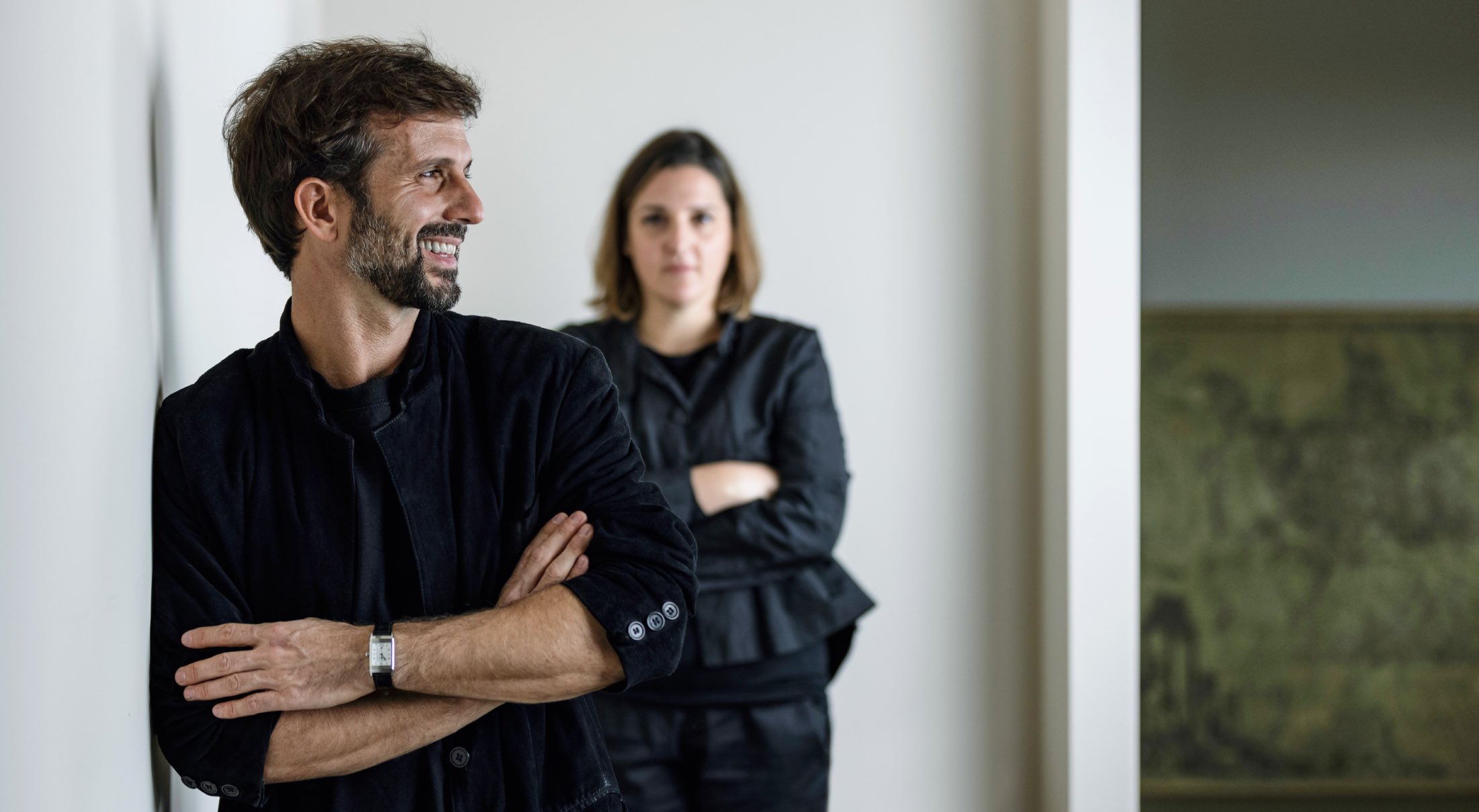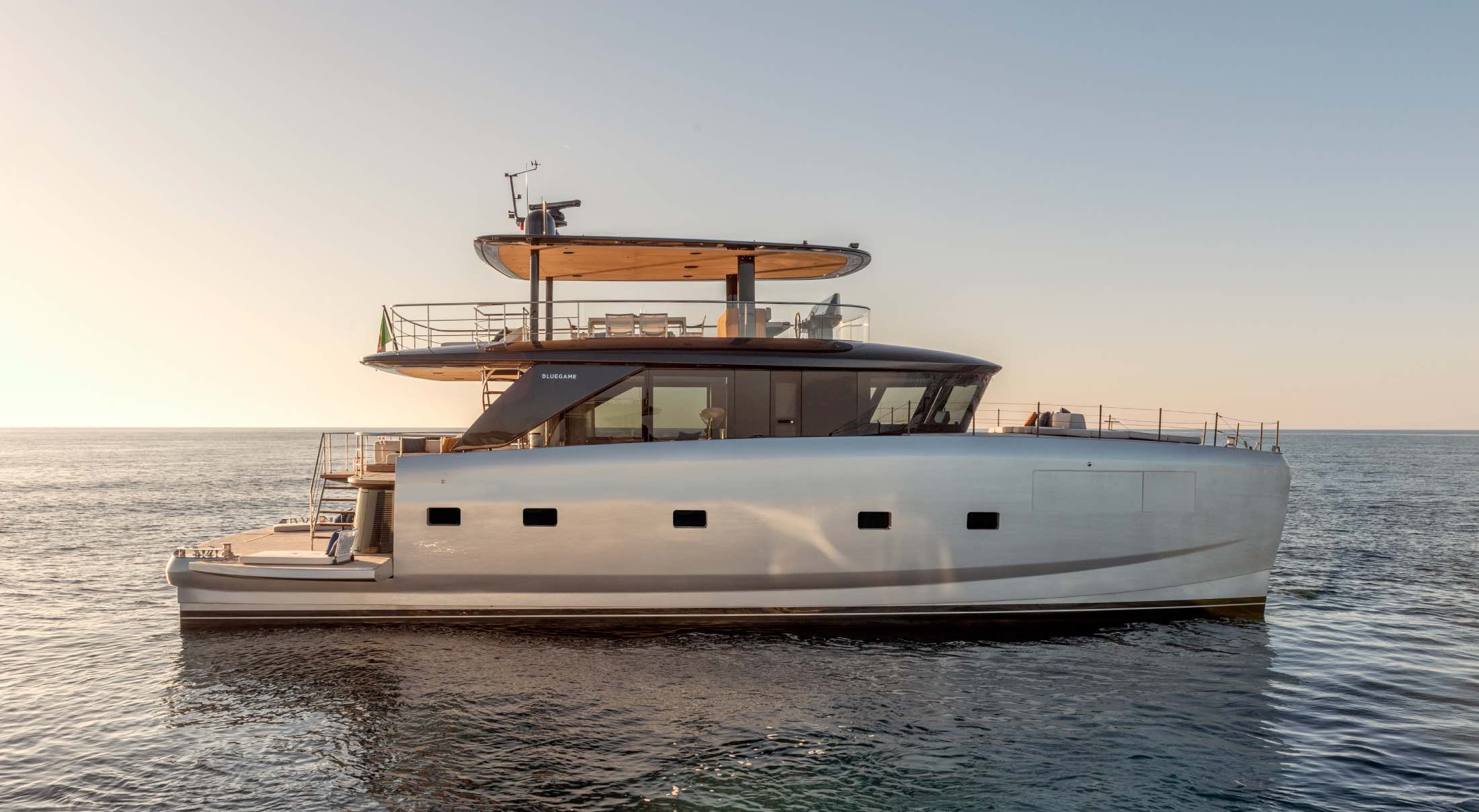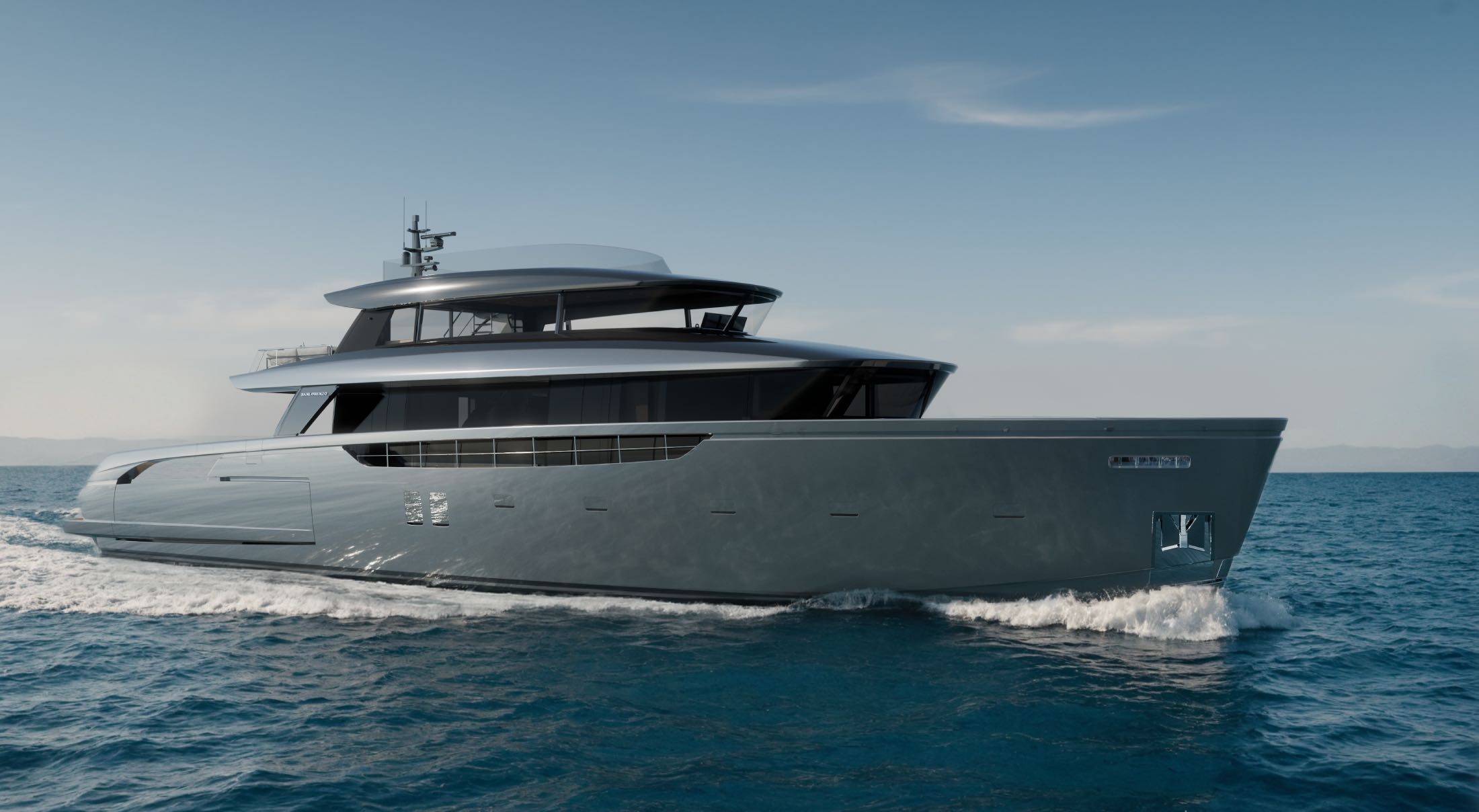Visionary designers from the world’s leading fashion, watch, automotive, and yacht companies share their creative inspirations and journeys. In this feature, we speak to Bernardo Zuccon, chief architect of Zuccon International Project
One gets the sense that, before anything else, Bernardo Zuccon is a devoted student of design and architecture. Always eager to expound on 20th-century design theories and the architects elected into his personal pantheon, the chief architect of Zuccon International Project comes across as a true scholar of the field.
It, perhaps, should be of no surprise. After all, Zuccon is the son of Gianni Zuccon and Paola Galeazzi, the powerhouse duo responsible for some of the most elegant and envelope-pushing yacht designs in the late 20th century.
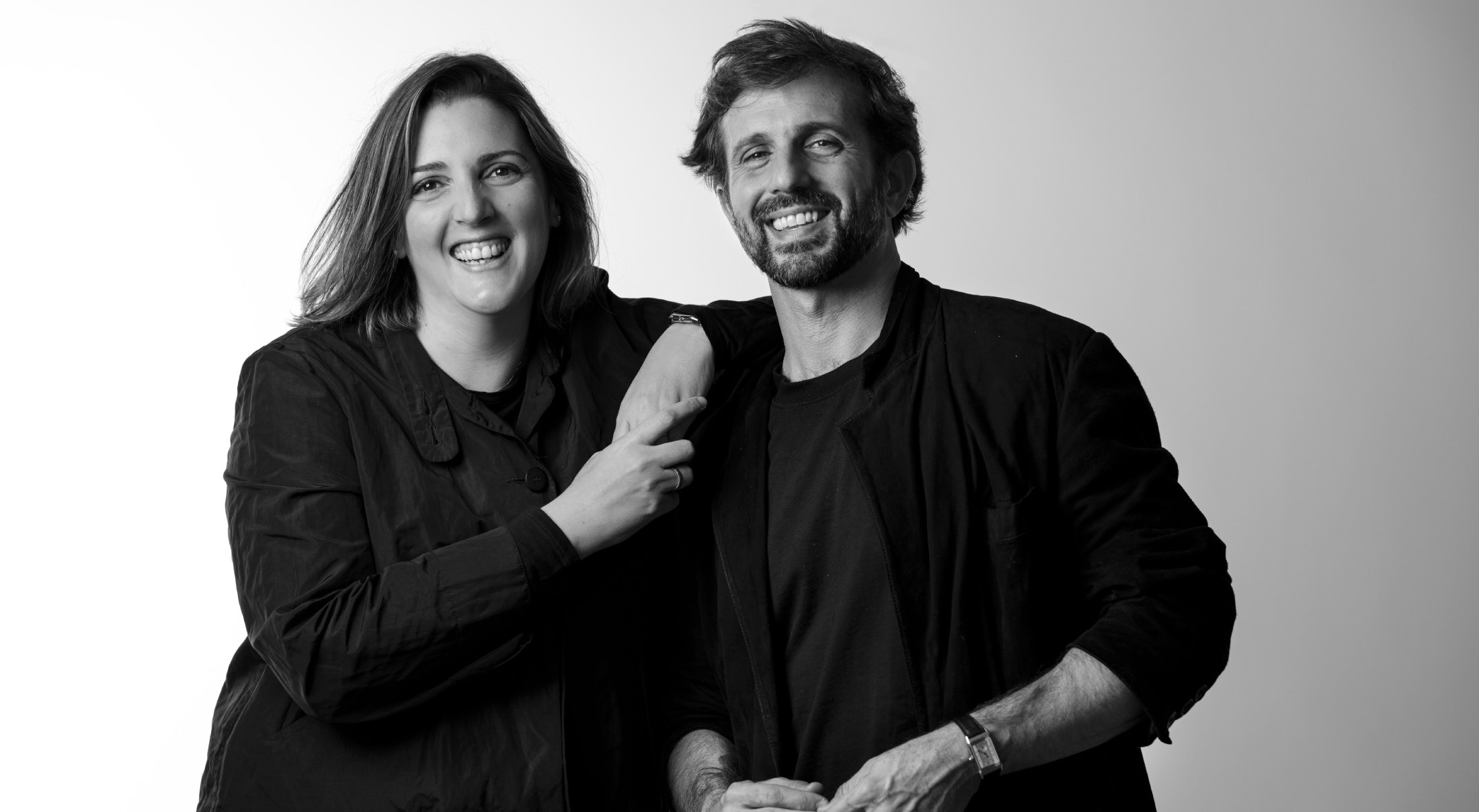
Together with his sister, Martina, the designer is continuing his parents’ legacy, having joined the Zuccon International Project studio in 2007. Boasting a portfolio that includes the Compasso d’Oro-clinching SP110 from Sanlorenzo—Italy’s most prestigious design award—and the sculptural BGM75 from Bluegame, Zuccon and his team have shown an indubitable flair for designing contemporary vessels that exude sophistication.
You often begin a project from the interior layout outward. What advantages does this approach offer?
I like to think of Frank Lloyd Wright and his iconic Fallingwater: the entire project was developed around the centrality of the fireplace and, only later, an architectural form—perfectly integrated into the surrounding landscape—was developed. In the same way, every project undertaken by Zuccon International Project begins with a rigorous analysis of the layout and the relationship between human beings and space. The design of the outer shell is the natural result of optimising the interior spaces and of the very concept of living.
You’ve spoken about drawing from architecture—particularly Raumplan theory—in your yacht designs. How do those spatial concepts continue to influence your projects like the SP110 or 50Steel?
Early 20th-century architectural theories, particularly Adolf Loos’ Raumplan, are a continuous source of reflection and inspiration in our studio’s exploration. This is about reimagining the balance between functions and volumes, altering spatial sequences to provide a richer, more dynamic onboard experience.
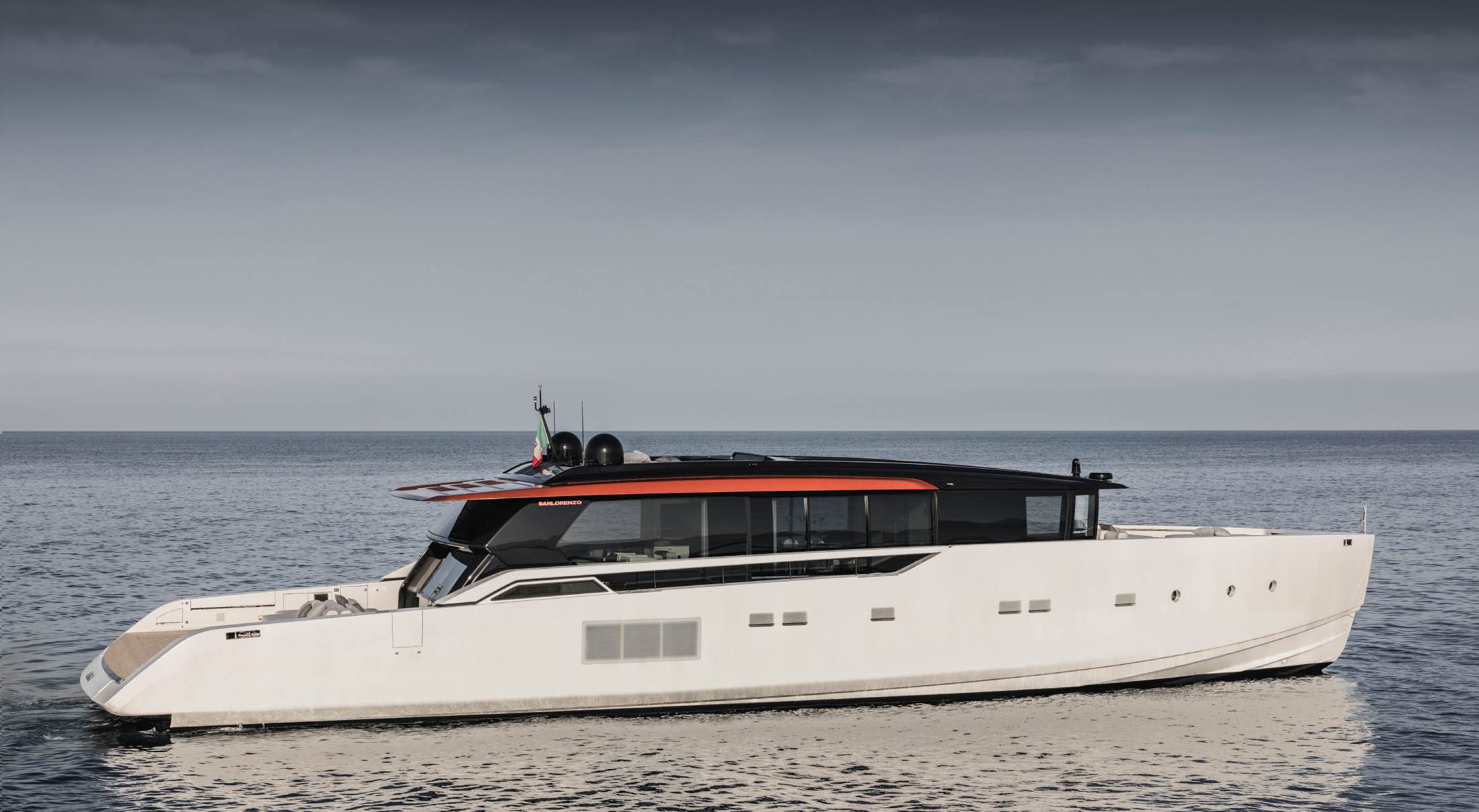
Following the logic of Raumplan, the complexity of private life must be hidden behind a measured and stylistically discreet public dimension—resulting in a yacht that reveals itself progressively and can only be fully understood once on board.
The SL102 broke ground as the first asymmetric yacht. Looking back now, how do you view its legacy within your body of work?
The SL102A was not only the first project we signed for Sanlorenzo, but it also marked a turning point in our design philosophy. Introducing asymmetry, a bold and unprecedented element in the nautical, allowed us to explore new ways of living on board and to radically rethink traditional balances.

We understood that challenging those classical balances might hold the key to an authentic evolution in yacht design. It was risky, of course, but it also opened new design horizons in an otherwise conservative industry.
How did your parents’ work influence you?
Zuccon International Project has always been a family before being a studio. The most significant influence from our parents was their professional ethic, which became the foundation pillar of our design and critical awareness.
At what point did you feel you were bringing your own voice into the studio?
There wasn’t a precise moment when I realised our time—mine and Martina’s—had come. It was a natural progression, partly driven by external circumstances. The conditions were right for a generational transition and we were given the chance to prove whether the new generation could shoulder the studio’s legacy while guiding its evolution.
What does that creative collaboration between you and your sister look like in practice?
We’re very different people and that diversity has become a strength. I feel closer to the creative step of the project. Martina, on the other hand, has an extraordinary ability to give structure and substance to those ideas. She’s our anchor.
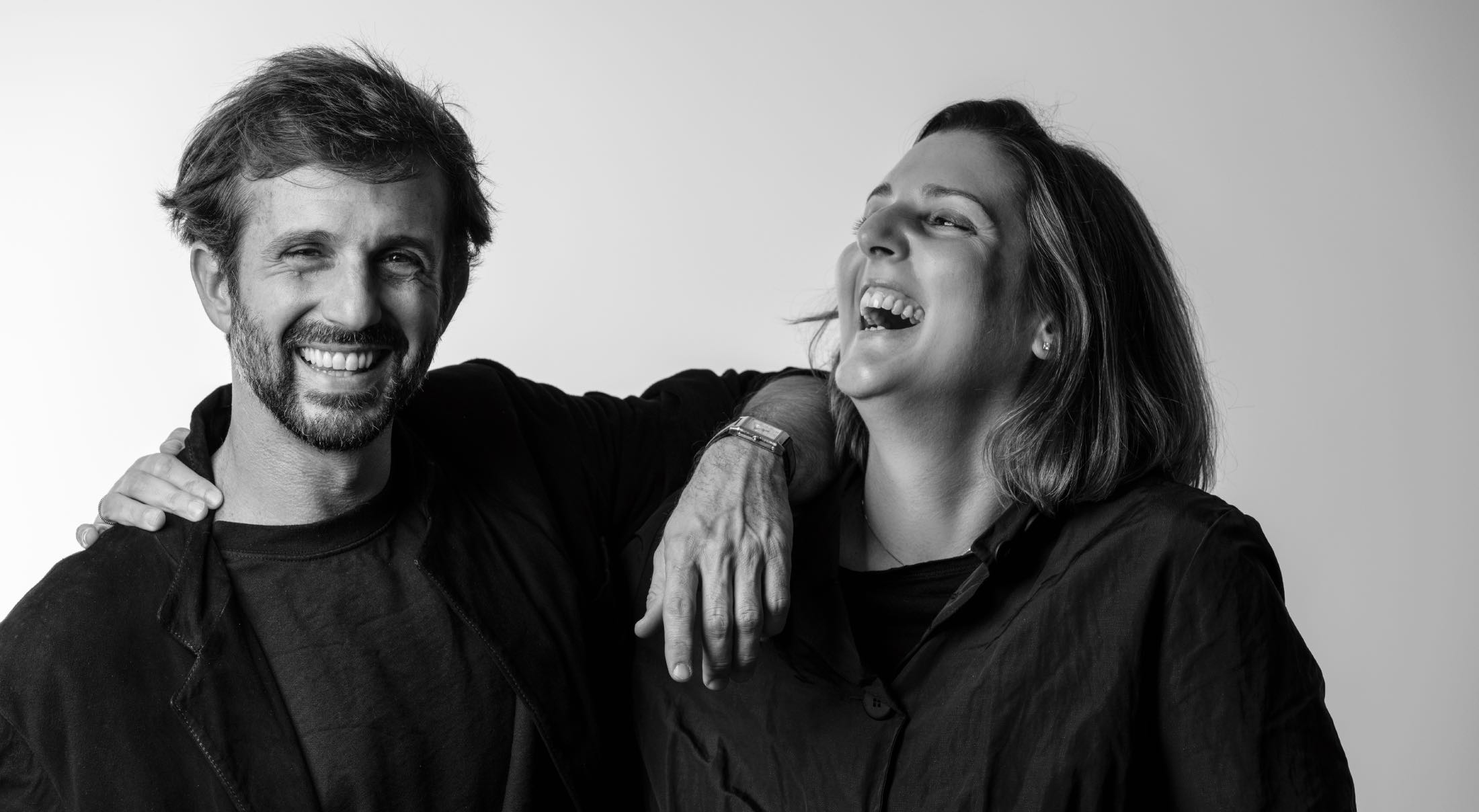
Do any lessons or philosophies from your father continue to guide your design thinking today?
Among the many lessons he passed on, one stands out: the value of doubt. No project is ever a final destination, but rather a transitional stage in an ongoing journey. It’s an attitude that keeps us constantly listening, never feeling like we’ve arrived, always in motion.
This story first appeared in the July 2025 issue. Purchase it as a print or digital copy, or consider subscribing to us here
